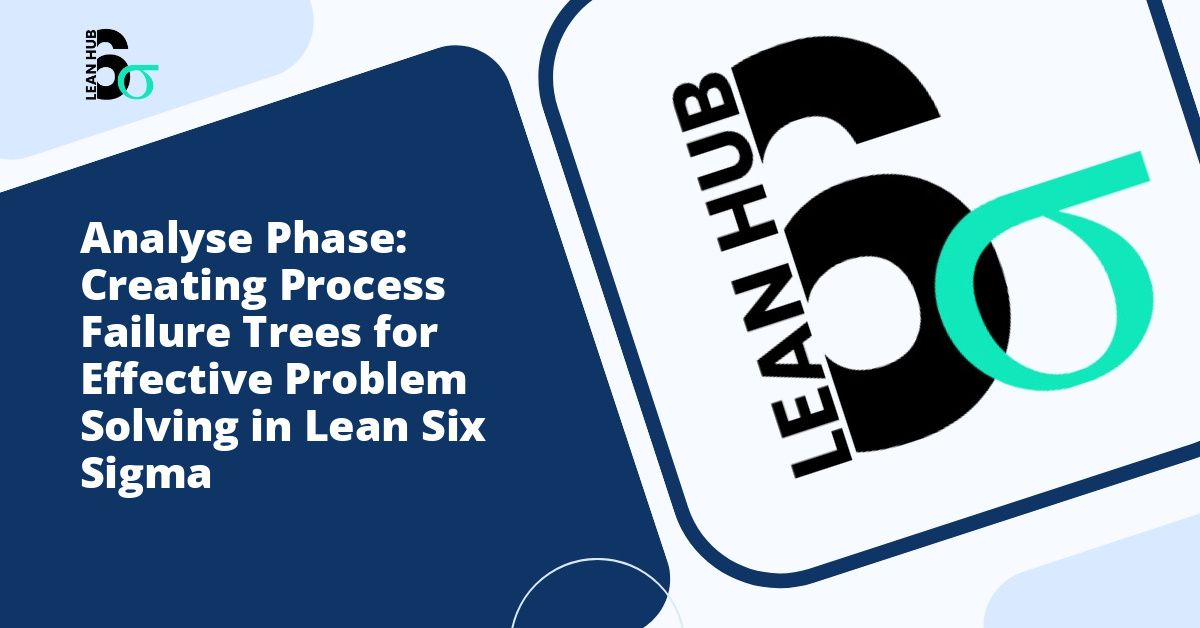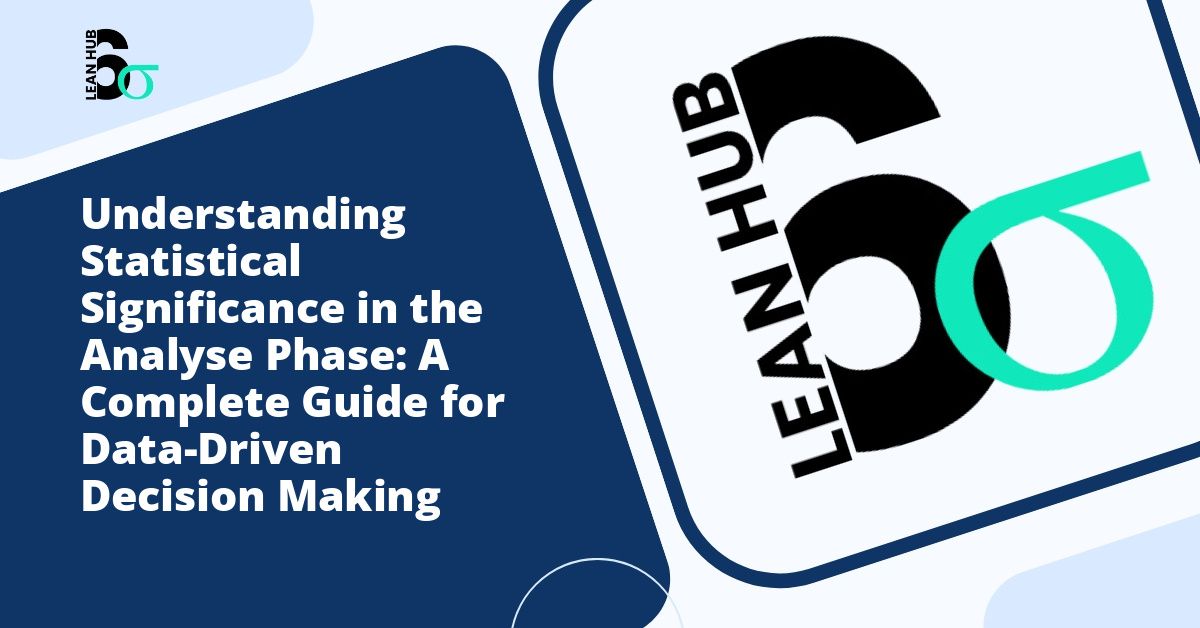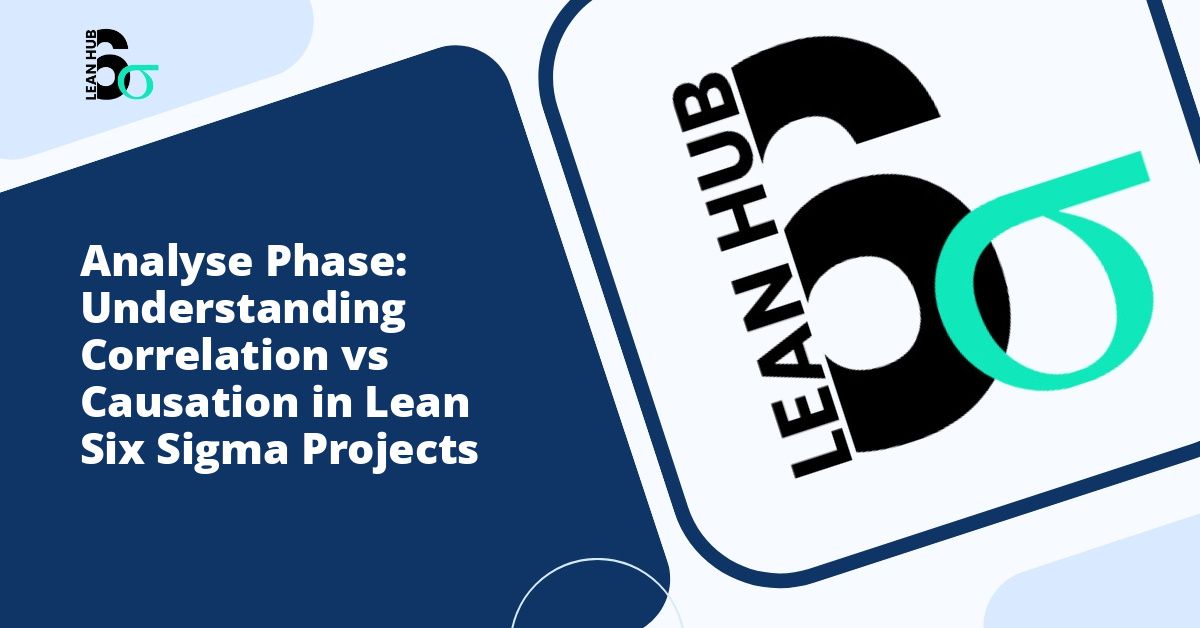In the world of process improvement and quality management, understanding how to leverage statistical software during the Analyze phase can make the difference between a successful project and one that falls short of expectations. Whether you are working on a lean six sigma initiative or simply trying to improve operational efficiency, mastering the essential functions of statistical software is crucial for making data-driven decisions.
The Analyze phase represents a critical juncture in any improvement project. After collecting data in the previous stages, this is where teams dig deep into the numbers to uncover root causes, identify patterns, and validate hypotheses. Statistical software serves as the backbone of this analytical work, transforming raw data into actionable insights that drive meaningful change. You might also enjoy reading about Capacity Analysis: Understanding Your Process Limits and Throughput for Operational Excellence.
Understanding the Role of Statistical Software in Process Improvement
Statistical software has evolved from simple calculation tools to comprehensive platforms that enable sophisticated analysis. In lean six sigma projects, these tools help practitioners move beyond intuition and anecdotal evidence to make decisions based on solid statistical foundations. The software automates complex calculations, creates visualizations, and provides statistical tests that would be impractical to perform manually. You might also enjoy reading about Histogram Interpretation: Reading Data Distribution Patterns Correctly for Better Business Decisions.
During the recognize phase of problem identification, teams begin to understand that certain issues exist within their processes. However, it is during the Analyze phase that statistical software truly shines, helping teams quantify the magnitude of problems and identify their underlying causes with precision. You might also enjoy reading about Statistical Significance vs. Practical Significance: Understanding the Difference in Data Analysis.
Essential Functions for Descriptive Statistics
Descriptive statistics form the foundation of data analysis, providing a summary of what the data looks like before diving into more complex analyses. Modern statistical software offers several key functions in this area:
Central Tendency Measures
Understanding the average behavior of your process requires calculating measures like mean, median, and mode. Statistical software makes these calculations instantaneous, even with large datasets containing thousands or millions of data points. These measures help establish baselines and identify typical performance levels.
Variability Assessment
Perhaps even more important than central tendency is understanding the spread or variability in your data. Functions that calculate standard deviation, variance, and range help teams understand process consistency. In lean six sigma methodology, reducing variability often becomes as important as improving average performance.
Distribution Analysis
Statistical software provides tools to examine whether your data follows specific distributions such as normal, exponential, or Weibull distributions. Understanding the distribution shape helps determine which statistical tests are appropriate for further analysis and provides insights into the underlying process behavior.
Hypothesis Testing Capabilities
One of the most powerful aspects of statistical software lies in its ability to conduct rigorous hypothesis tests. These functions allow teams to validate their theories about what factors influence process performance.
Comparison Tests
T-tests and ANOVA (Analysis of Variance) functions enable teams to compare different groups or conditions statistically. For example, you might test whether a new procedure produces significantly different results compared to the current method, or whether performance differs across multiple shifts or locations.
Proportion Testing
When working with categorical data such as defect rates or customer satisfaction categories, proportion tests help determine whether observed differences are statistically significant or simply due to random variation.
Non-Parametric Tests
Not all data meets the assumptions required for standard parametric tests. Statistical software includes non-parametric alternatives like the Mann-Whitney test or Kruskal-Wallis test that provide robust analysis options when dealing with non-normal distributions or ordinal data.
Regression and Correlation Analysis
Understanding relationships between variables represents a cornerstone of root cause analysis. Statistical software provides sophisticated functions for exploring these relationships.
Simple and Multiple Regression
Regression analysis helps quantify how changes in input variables affect output measures. Simple regression examines one predictor variable, while multiple regression considers several factors simultaneously. These functions provide equations that predict outcomes and help teams understand which factors have the strongest influence on results.
Correlation Matrices
Before diving into regression, correlation analysis helps identify which variables move together. Statistical software can quickly generate correlation matrices that show the strength and direction of relationships between multiple variables, helping teams focus their detailed analysis on the most promising factors.
Process Capability Analysis Functions
For lean six sigma practitioners, understanding process capability is essential. Statistical software includes specialized functions that assess how well a process meets specifications.
Capability Indices
Functions that calculate Cp, Cpk, Pp, and Ppk indices provide standardized measures of process performance relative to specification limits. These indices communicate process capability in a universally understood format, making it easy to compare different processes or track improvement over time.
Sigma Level Calculations
Six Sigma projects specifically focus on reducing defects to extremely low levels. Statistical software automates the calculation of sigma levels, showing how many standard deviations fit between the process mean and specification limits. This metric has become a standard language for discussing quality performance across industries.
Visualization Tools
Numbers alone rarely tell the complete story. Statistical software includes powerful visualization capabilities that make data patterns immediately apparent.
Control Charts
These time-series plots with statistical control limits help distinguish between common cause variation (inherent to the process) and special cause variation (due to specific, identifiable factors). Control charts remain fundamental tools for monitoring process stability.
Histograms and Box Plots
Distribution visualization tools like histograms show the shape and spread of data, while box plots efficiently display medians, quartiles, and outliers. These visualizations make it easy to spot unusual patterns or identify data points that warrant further investigation.
Scatter Plots and Matrix Plots
When exploring relationships between variables, scatter plots provide immediate visual feedback about correlation strength and patterns. Matrix plots extend this capability by showing multiple scatter plots simultaneously, enabling efficient exploration of multivariate relationships.
Design of Experiments Functions
When passive data analysis proves insufficient, designed experiments provide a structured approach to understanding cause-and-effect relationships. Statistical software includes functions that support the entire experimental process.
Experimental Design Creation
Software can generate optimal experimental designs including full factorial, fractional factorial, and response surface designs. These functions ensure efficient use of resources while maximizing the information gained from experiments.
Effects Analysis
After conducting experiments, specialized functions analyze the results to identify which factors and interactions significantly affect the response variables. These analyses separate signal from noise, focusing attention on factors that truly matter.
Data Management and Preparation Functions
Before analysis can begin, data often requires preparation. Statistical software provides essential functions for data management.
Data Import and Integration
Modern software connects with various data sources including databases, spreadsheets, and cloud platforms. This connectivity streamlines the process of gathering data from multiple systems into a unified analysis environment.
Data Cleaning and Transformation
Functions for handling missing values, identifying outliers, and transforming variables help prepare data for analysis. These capabilities ensure that analytical results rest on a solid foundation of clean, properly formatted data.
Selecting the Right Software for Your Needs
Multiple statistical software packages exist in the market, each with strengths in different areas. Specialized lean six sigma software often includes built-in templates and workflows that guide users through standard analyses. General-purpose statistical packages offer greater flexibility but may require more statistical knowledge to use effectively.
When selecting software, consider factors such as ease of use, available functions, integration capabilities, cost, and the learning curve for your team. Many organizations find success with a combination of tools, using specialized software for routine analyses and more powerful platforms for complex investigations.
Conclusion
Statistical software has become an indispensable tool for anyone conducting serious data analysis during the Analyze phase of improvement projects. The functions covered in this article represent the core capabilities needed to transform raw data into insights that drive better decisions and improved performance.
Success with statistical software requires more than just knowing which buttons to click. It demands understanding when to use each function, how to interpret results correctly, and how to communicate findings effectively to stakeholders. As you develop proficiency with these essential functions, you will find that statistical software accelerates your analysis, increases your confidence in conclusions, and ultimately leads to more successful improvement initiatives.
Whether you are just beginning your lean six sigma journey or looking to enhance your analytical capabilities, investing time in mastering statistical software functions will pay dividends throughout your career in process improvement and quality management.








